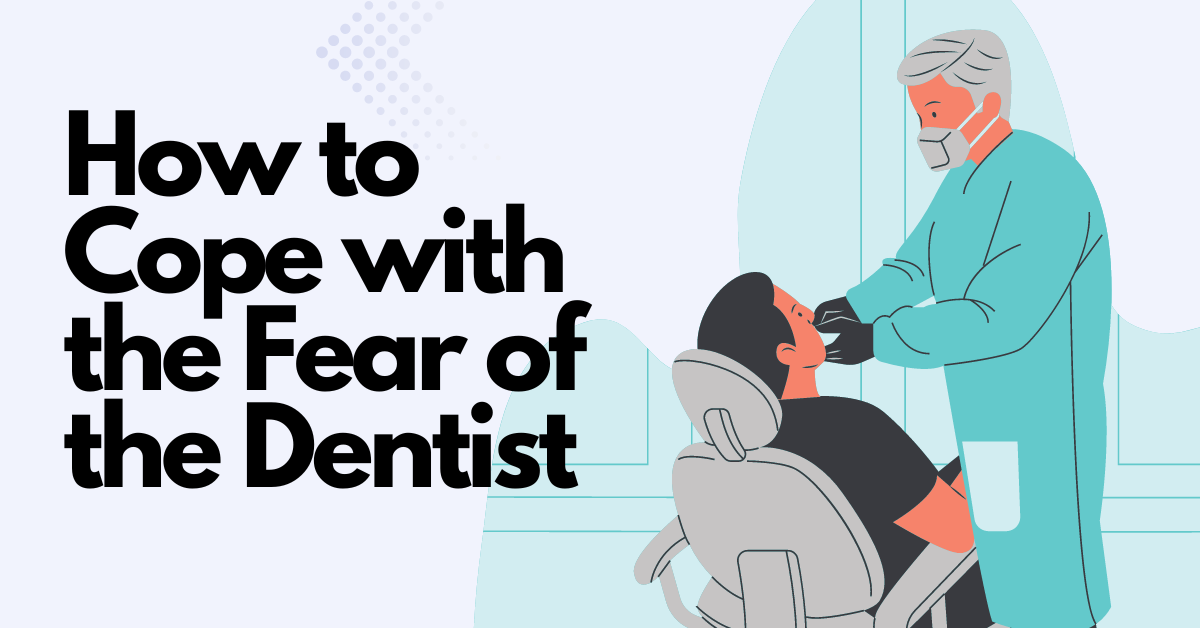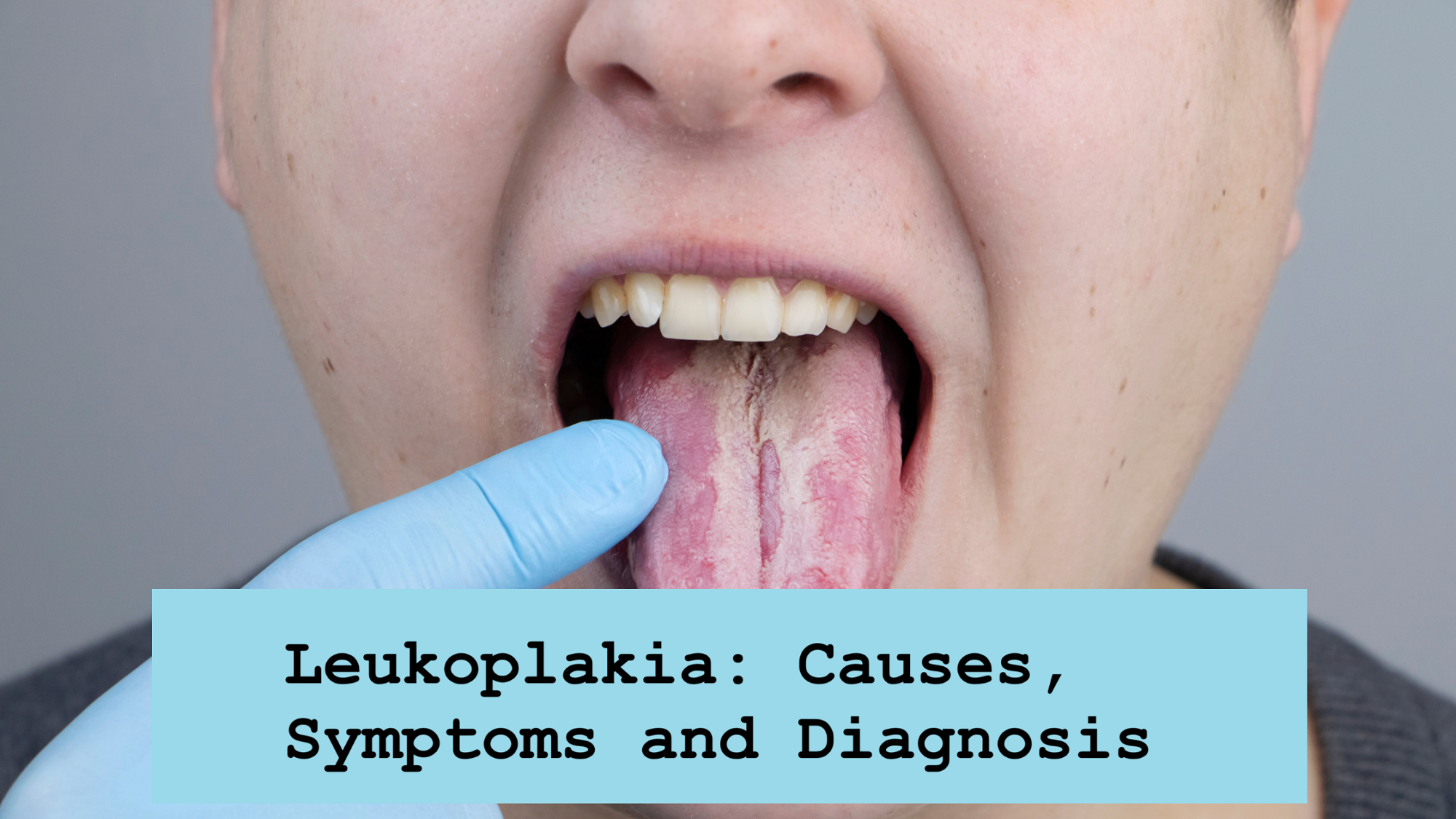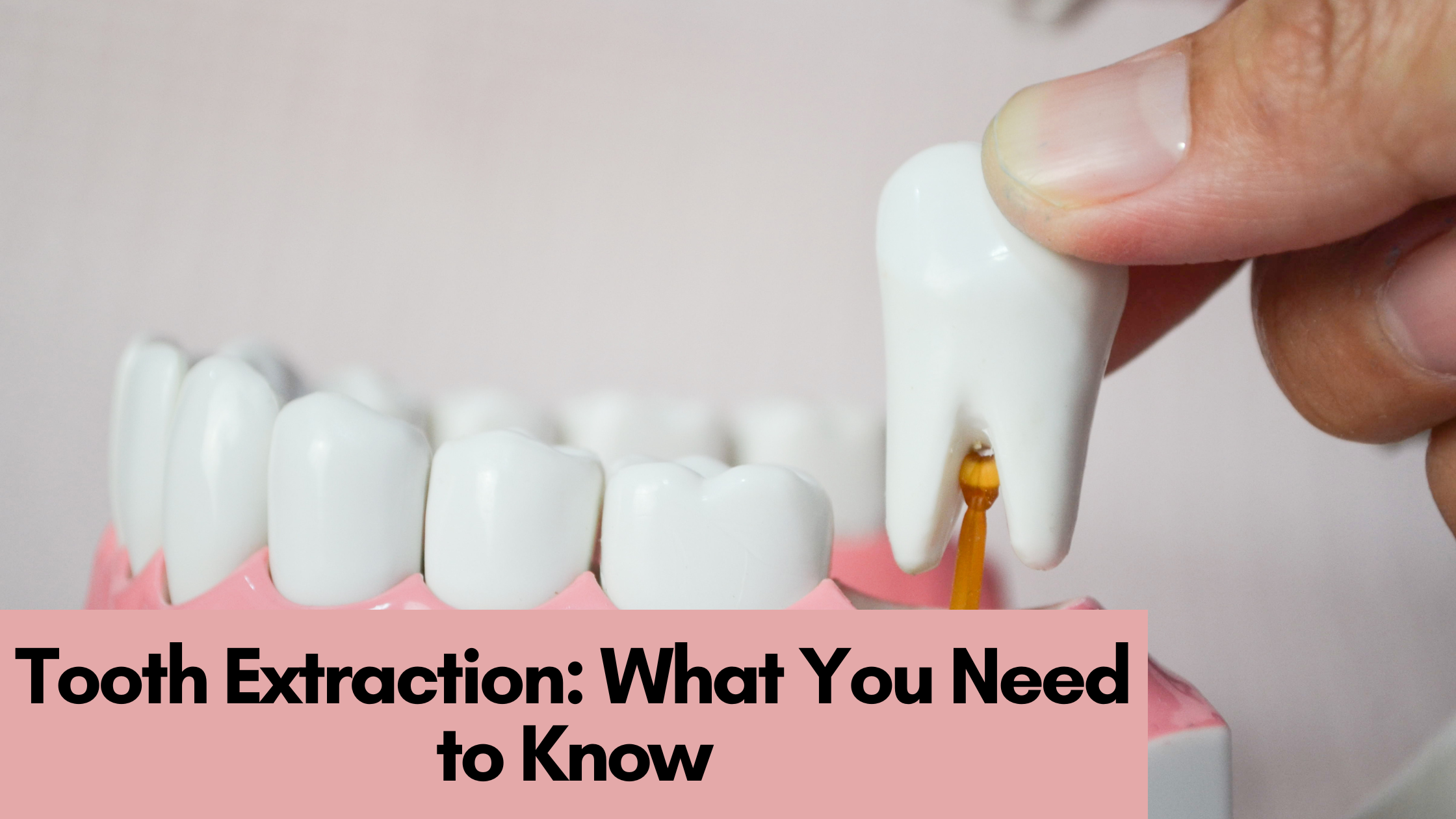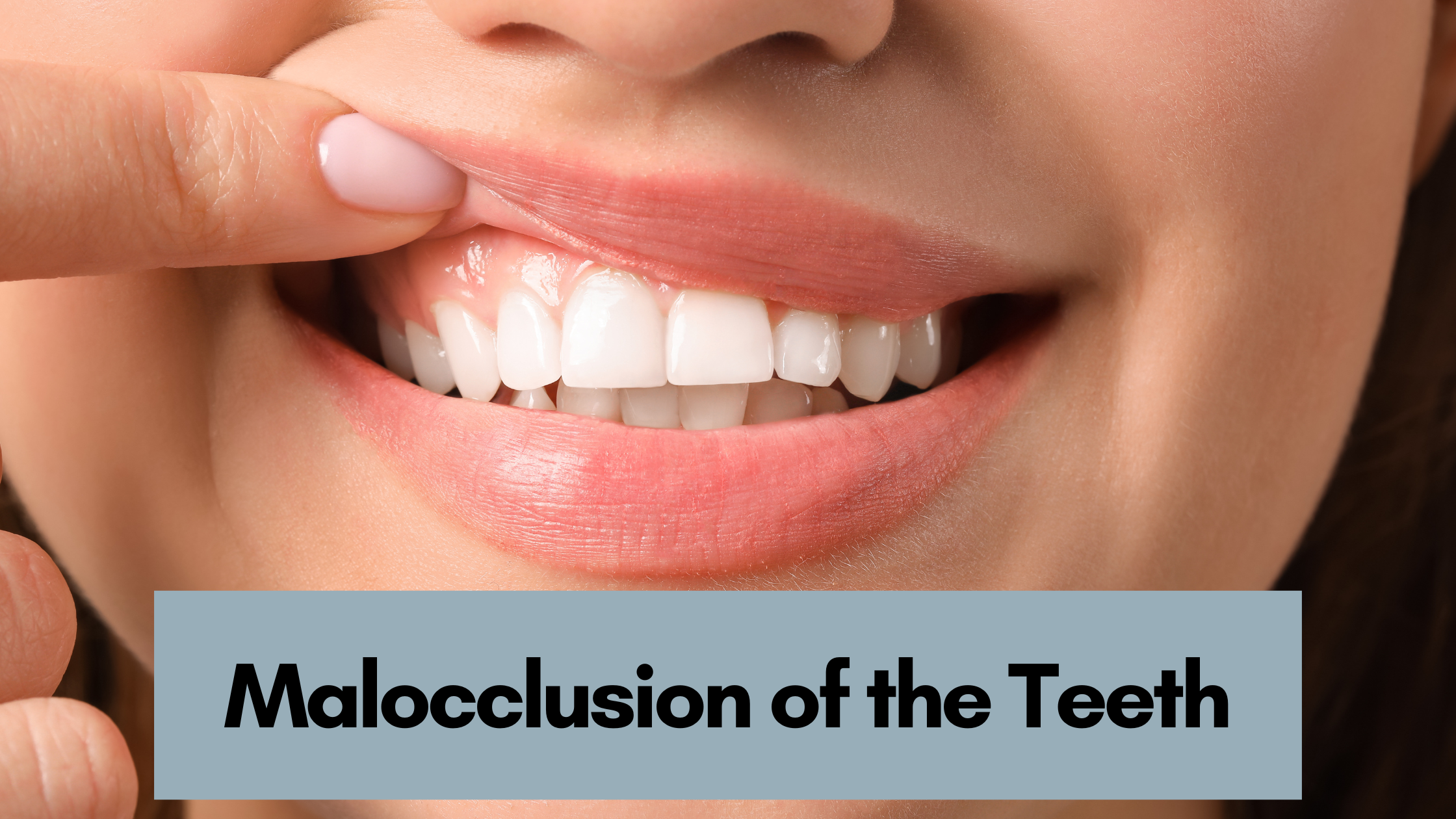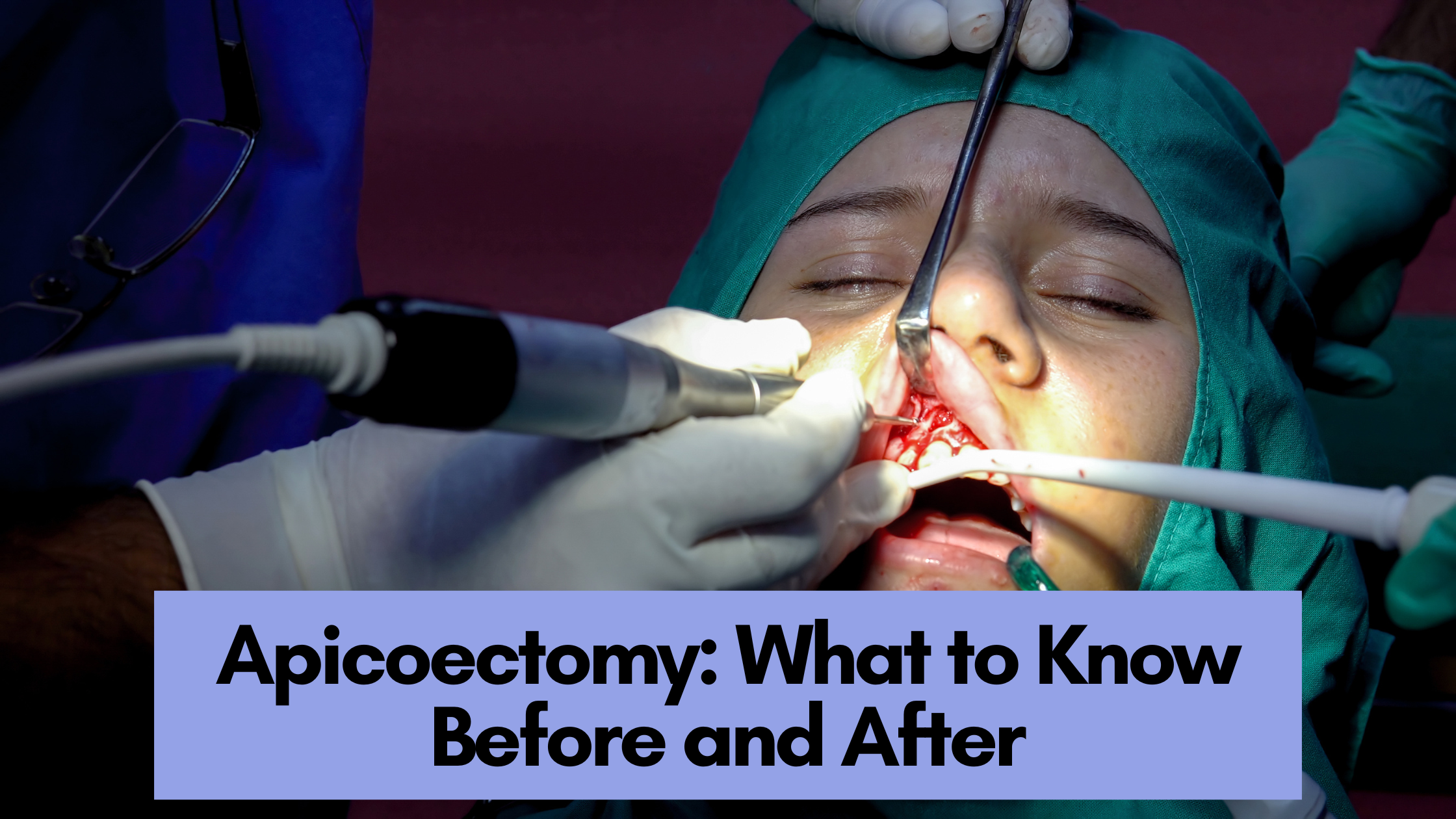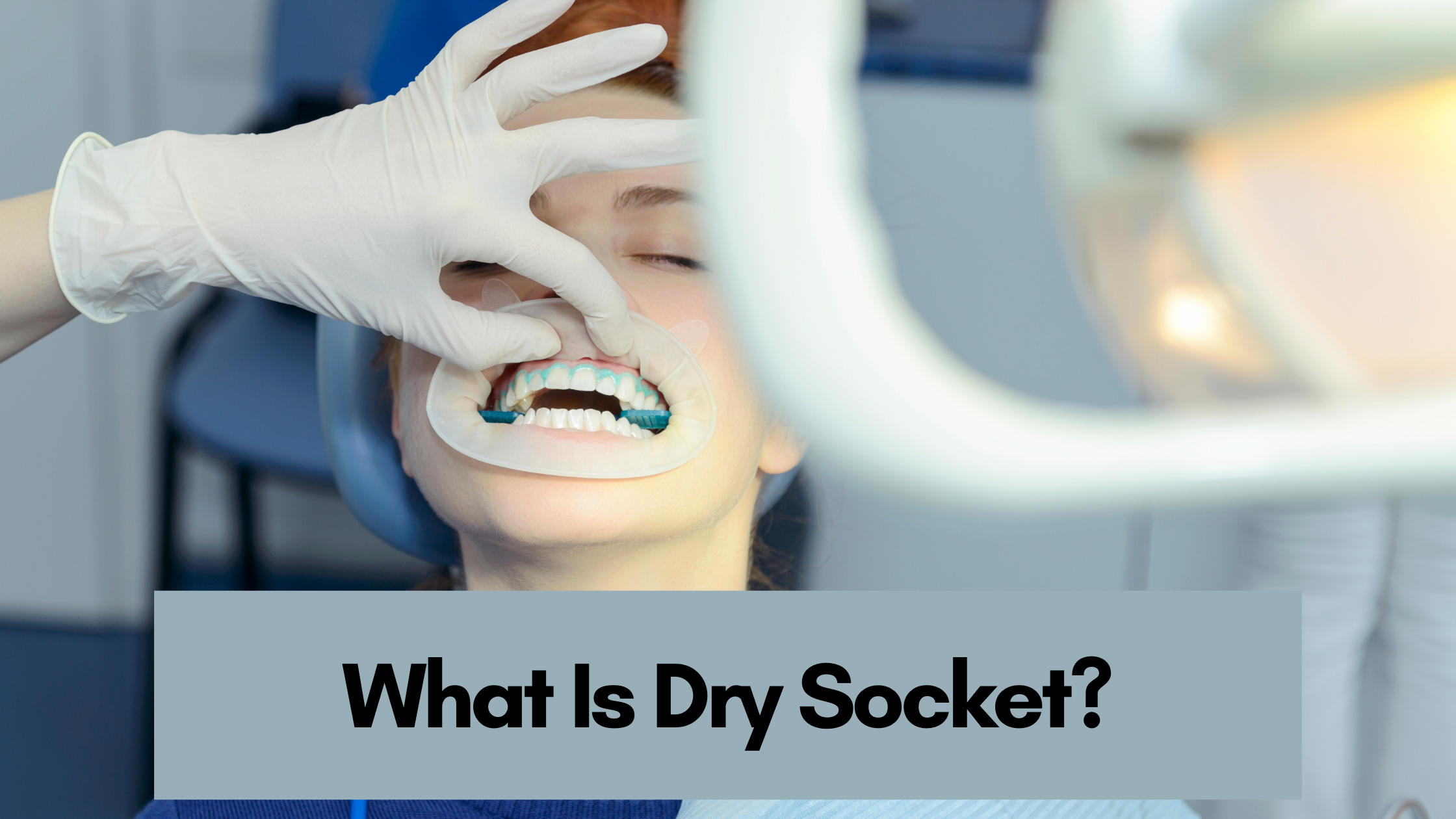What Is Leukoplakia?
The oral conditional anomaly in which thick, white, or greyish patches form usually inside your mouth is called Leukoplakia. Smoking is usually the most commonly known cause behind the occurrence of this condition. However, there are other irritants that also might be held responsible for this condition in some cases.
Comparatively milder cases of leucoplakia are usually harmless in nature and often go away on their own, without any additional medical attention. On the other hand, comparatively more serious cases might be directly associated with oral cancer and must be treated with immediate effect.
Regular and scheduled proper care and maintenance of a dental health and oral hygiene routine might be helpful in preventing recurrences.
What Are the Symptoms of Leukoplakia?
Leukoplakia is known to occur usually on the specific parts of the body that have mucosal tissue, such as the insides of the mouth.
This condition is characterized by unusual-looking patches or stains inside your mouth. These patches can vary in terms of how they look and can be further characterized by the following features:
- White or grey colour
- A thick, hard, raised surface
- Hairy/fuzzy (hairy leucoplakia only)
- Red spots (rare)
It is important to know that redness might be an indication of cancer, see your doctor immediately if you happen to notice patches with red spots in your mouth.
Leukoplakia can also appear on your gums, the inside of your cheeks, under or on your tongue, and even on your lips. These patches might need several weeks to develop. They are rarely painful, however.
Some women might also seem to develop Leukoplakia on the outer sides of their genitals in the vulva area as well as inside their vagina. This is usually noticed among menopausal women. It is a benign condition. Nevertheless, if you are concerned or suspicious about anything more serious, you should immediately contact your doctor.
What Are the Causes of Leukoplakia?
The exact factors responsible for the causation of Leukoplakia are yet not conclusive and fairly unknown. It is primarily however can be directly linked to the usage of tobacco. Smoking is one of the most common causes as of now. But, chewing tobacco can lead to the same result.
Other causes include:
- Injury to the inside of your cheek, such as from biting
- Rough, uneven teeth
- Dentures, especially if improperly fitted
- Inflammatory conditions of the body
- Long-term alcohol use
While some of the research and scientific studies seem to suggest there might be a correlation between Leukoplakia and Human Papilloma Virus or HPV, there is not sufficient evidentiary support to corroborate that suggestion.
Hairy Leukoplakia
The Epstein-Barr virus (EBV) can be primarily held responsible for the causation of Hairy Leukoplakia. Once you catch this virus somehow, it is most likely to remain in your body permanently. Nevertheless, EBV is usually dormant in nature.
Again, it can cause hairy Leukoplakia patches to develop at any time. These outbreaks are more common among people with HIV or other immune problems.
How Is Leukoplakia Diagnosed?
Diagnosing leukoplakia doesn’t need a lot of effort or time, fortunately. It can be easily diagnosed with the help of an oral assessment. During the oral exam, your healthcare provider can confirm if the patches are Leukoplakia. There are chances that you might as well mistake the condition for oral thrush.
Thrush is a kind of yeast infection of the mouth. The patches it causes are usually softer than Leukoplakia patches. They tend to blend in comparatively more easily. Leukoplakia patches, unlike the oral thrush, cannot be wiped away.
Your healthcare provider might, however, need to conduct some other necessary and relevant tests to confirm the cause of your spots. This makes it easier for them to suggest an appropriate treatment that might prevent any future patches from developing.
If a patch seems suspicious to your doctor, your healthcare provider might as well recommend a biopsy, to get a concretized result. To get a biopsy done, they will remove a small piece of tissue from one or more of your spots.
Then they sent that tissue sample to a pathologist for diagnosis to check for precancerous or cancerous cells.
What Are the Treatment Options for Leukoplakia?
In most cases, the patches improve on their own and don’t mandatorily need any additional medical attention. It is important that you steer clear of the factorial triggers that may induce the recurrence of Leukoplakia, such as tobacco use. If your condition is associated with irritation from a dental problem, your dentist might able the right person to seek medical advice from.
Unfortunately, if a biopsy comes back for oral cancer, the patch has to be removed without further delay. This might be functional and beneficial in preventing the cancer cells from spreading.
Patches can be successfully taken out by using laser therapy, a scalpel, or a freezing procedure.
Hairy Leukoplakia is mostly like to not result in mouth cancer and usually does not usually require removal or any medical attention. Your healthcare provider might recommend or prescribe anti-viral medication for you, to help stop the patches from growing and spreading. Topical ointments containing retinoic acid can also be used to reduce the patch size.
How Can Leukoplakia Be Prevented?
Many cases of Leukoplakia can also be prevented by making certain easy-peasy lifestyle changes. They include changes like:
- Stop smoking or chewing tobacco.
- Reduce alcohol use.
- Eat antioxidant-rich foods such as spinach and carrots. Antioxidants may help deactivate irritants that cause patches.
Get in touch with your healthcare provider as soon as possible if you happen to believe that you are showing symptoms and signs of Leukoplakia. They can help you in preventing the patches from spreading and getting worse.
Follow-up appointments are as important in understanding the detecting the condition of the patches and are as significant as the first one. Once you develop Leukoplakia, the chances are that you might also develop them in the form of recurring Leucoplakia.
What Is the Long-Term Outlook for Leukoplakia?
In majority of the cases, Leukoplakia is not known to be life-threatening. The patches too do not cause any permanent damage to your mouth. The visible patches or lesions too clear up on their own within a span of a few weeks after the source of irritation is cut off.
However, if your patch is particularly painful or looks suspicious, your dentist might order tests to rule out:
- Oral cancer
- HIV
- AIDS
A medical history of Leukoplakia can also increase your risk of oral cancer, so let your doctor know if you have ever come across unnatural patches in your mouth or other places that we have talked about earlier. Many of the risk factors for Leukoplakia coincide with the ones for oral cancer. Oral Cancer can form alongside Leukoplakia.

